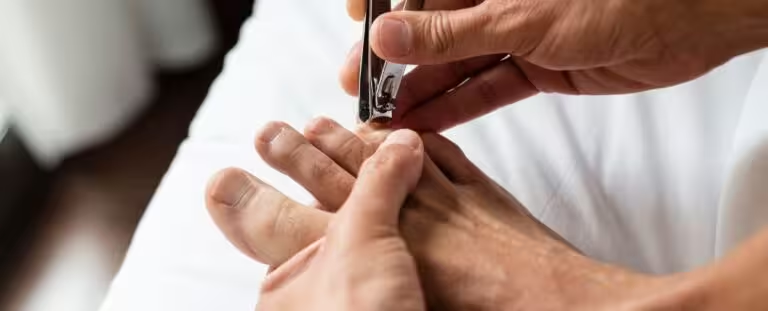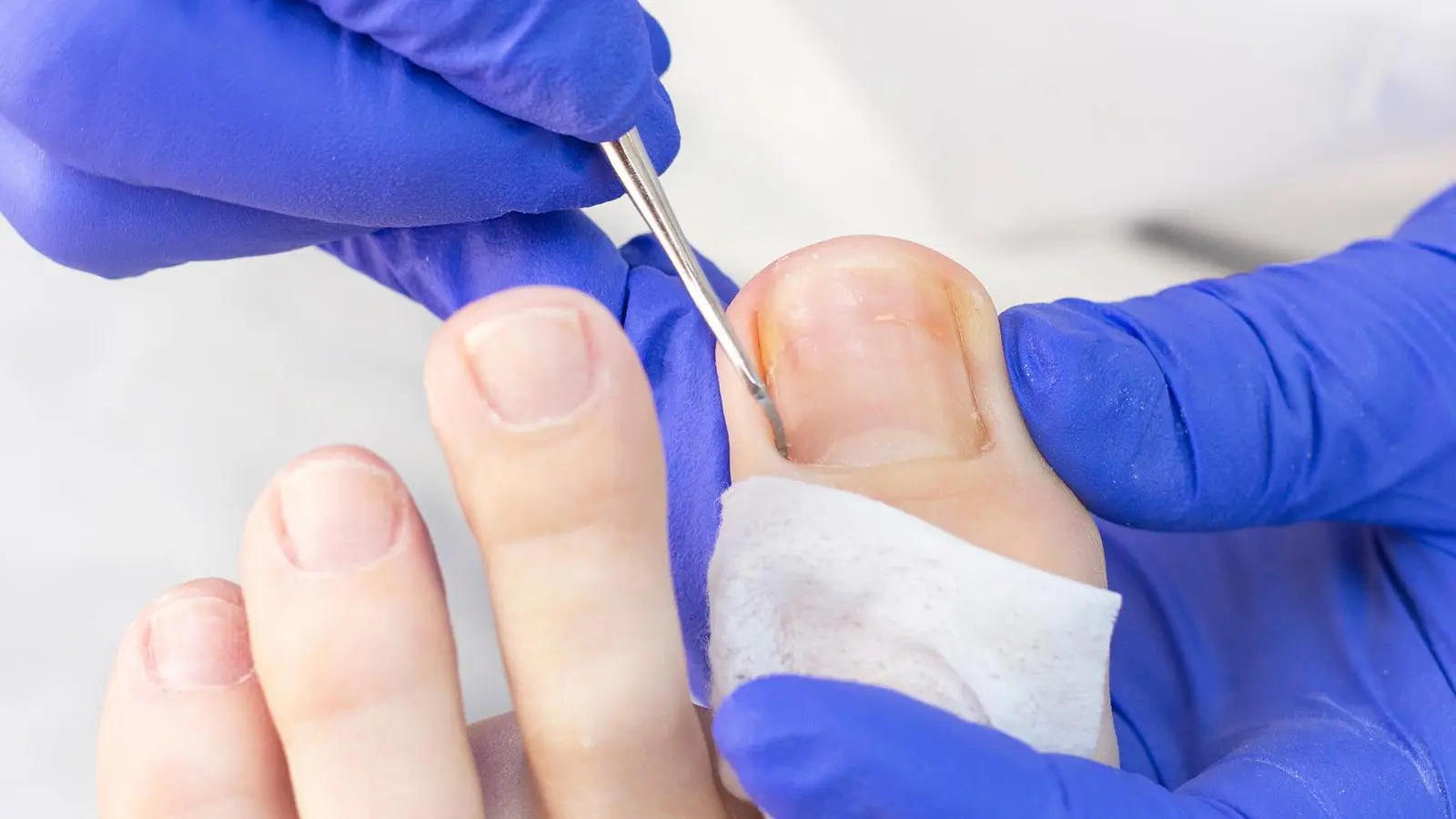5 Minutes
New biomarker links toenails to invisible radon risk
Radon, a colorless, odorless radioactive gas and the second-leading cause of lung cancer after tobacco, can accumulate indoors and pose a substantial health risk. A multidisciplinary team at the University of Calgary has developed a simple, noninvasive biomarker: measuring trace radioactive lead in toenail clippings to quantify an individual’s long-term radon exposure. This approach could identify people at elevated lung cancer risk who are not captured by current screening programs because they are non-smokers, former smokers, or only occasional smokers.
Scientific background: why radon matters
Radon (Rn) is produced naturally by the decay of uranium and thorium in soil and rock. Outdoors it dilutes rapidly, but indoors it can concentrate in poorly ventilated spaces, older homes, cold climates, or buildings with specific construction materials—like alum shale concrete, phosphogypsum, or certain tuffs—that release radon. Groundwater in uranium-rich regions can also transport radon into homes. Because exposure varies with local geology, building design, and occupancy patterns, many people are unaware of their cumulative risk.
When inhaled, radon decays into short- and long-lived radioactive progeny, including the isotope lead-210 (210Pb). The body treats this lead like other lead species and deposits it in slow-shedding tissues such as skin, hair, and nails. Over time these tissues archive a person’s integrated exposure history, making them attractive targets for retrospective environmental monitoring.

Study design and analytical method
The proof-of-concept study was led by biochemist Aaron Goodarzi and physicist Michael Wieser. The team collected 55 toenail samples and paired them with long-term residential radon measurements. Using ultrasensitive isotope-detection techniques, they quantified minute amounts of 210Pb relative to stable lead in the nail material to reconstruct lifetime radon exposure.
Key measurements
- 210Pb, the lead isotope resulting from radon decay, was detectable in 39 of 55 toenails (71%).
- Participants with elevated home radon exposure spanning an average of 26.5 years had roughly 0.298 femtograms of 210Pb per nanogram of stable lead in toenails.
- Low-exposure participants showed about 0.075 femtograms per nanogram—about a 397% difference between the two groups.
These values indicate a strong, measurable signal of long-term radon exposure stored in toenail tissue. Notably, elevated 210Pb remained detectable in some individuals for up to six years after home remediation reduced radon levels, suggesting toenails integrate exposure over multi-year timescales.
Implications for lung cancer screening and public health
Current lung cancer screening guidelines prioritize people with a heavy smoking history, which leaves many radon-exposed but low- or never-smokers outside screening eligibility. A validated toenail assay could help clinicians objectively identify individuals with significant cumulative radon exposure who may benefit from targeted surveillance or low-dose CT screening.
Beyond screening, a reliable biological marker could improve epidemiological studies, inform remediation priorities, and support public health outreach in high-geologic-potential regions. It could also help assess occupational exposures for workers who spend extended time indoors in older buildings or particular residential settings.
The University of Calgary team has initiated a much larger validation trial seeking 10,000 Canadian residents to test home radon and submit toenail clippings. If replicated at scale and across diverse populations, the assay could become a practical tool for environmental health assessment and more equitable lung cancer prevention.
Expert Insight
"A toenail-based assay fills a critical gap between environmental monitoring and clinical risk assessment," says Dr. Lina Torres, environmental epidemiologist (fictional), who was not involved in the study. "Because radon exposure is driven by geology and housing characteristics rather than individual behavior, an objective biomarker can reveal hidden risks and help clinicians offer screening to people who would otherwise be overlooked."
Dr. Torres adds that integrating this biomarker into public-health programs would also require standardized collection protocols, quality-controlled laboratories, and clear action thresholds tied to clinical recommendations.
Conclusion
The University of Calgary study demonstrates that toenail clippings can serve as a quantitative, retrospective measure of lifetime radon exposure by detecting the decay product 210Pb. With further validation, this minimally invasive biomarker could expand lung cancer screening to at-risk populations currently excluded by smoking-based criteria, guide remediation efforts, and strengthen radon-related public-health interventions. Ongoing large-scale trials will determine the assay’s sensitivity, specificity, and real-world utility across different demographics and housing conditions.
Source: sciencealert


Leave a Comment